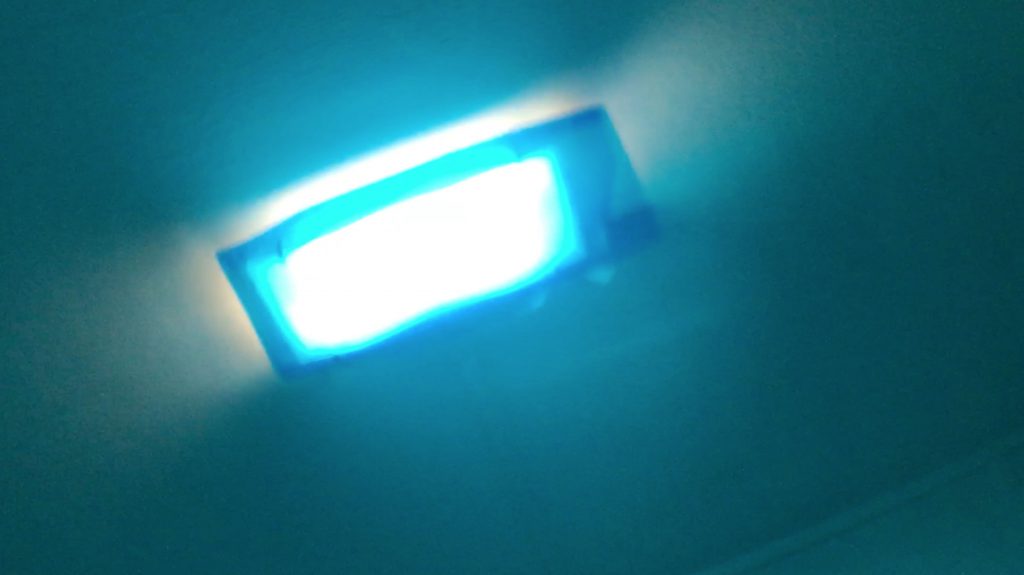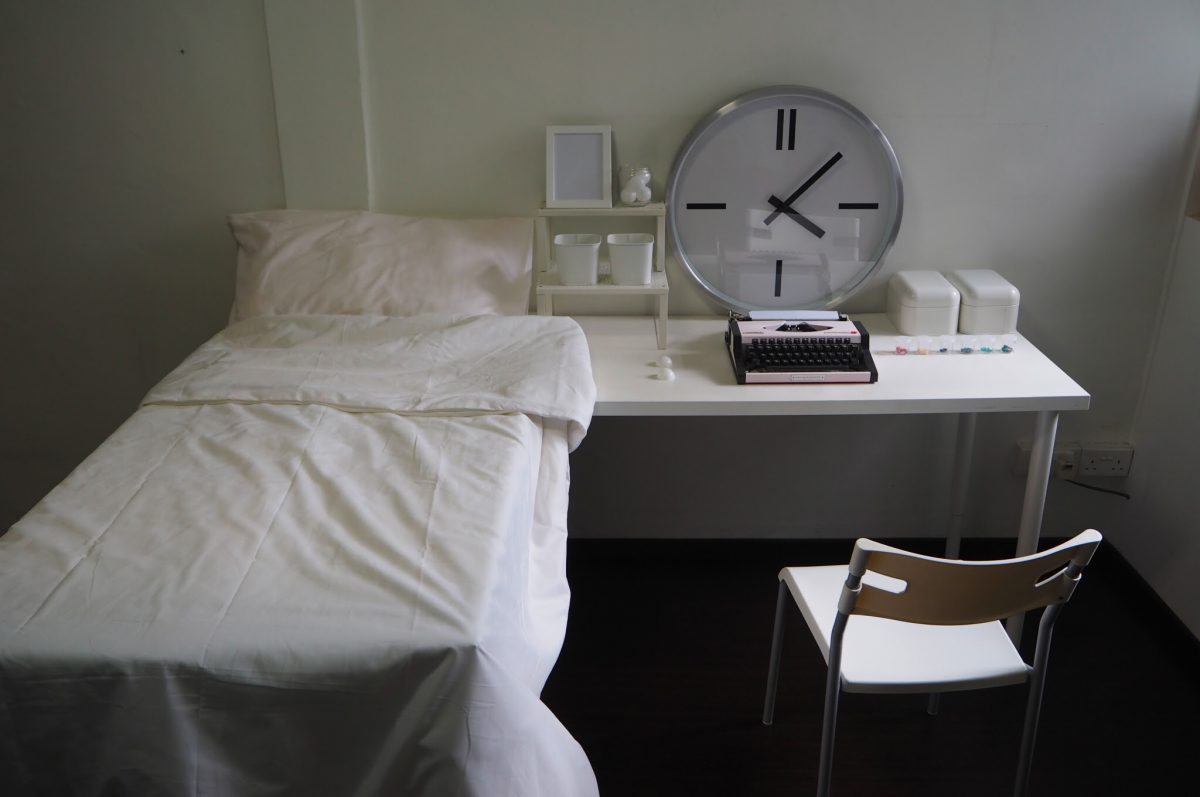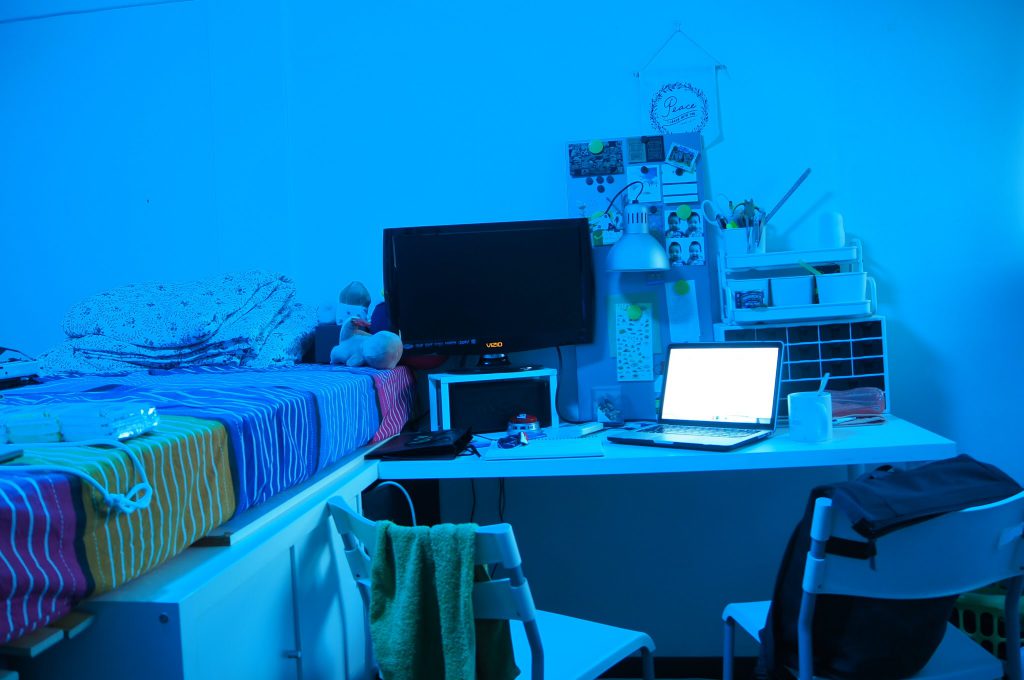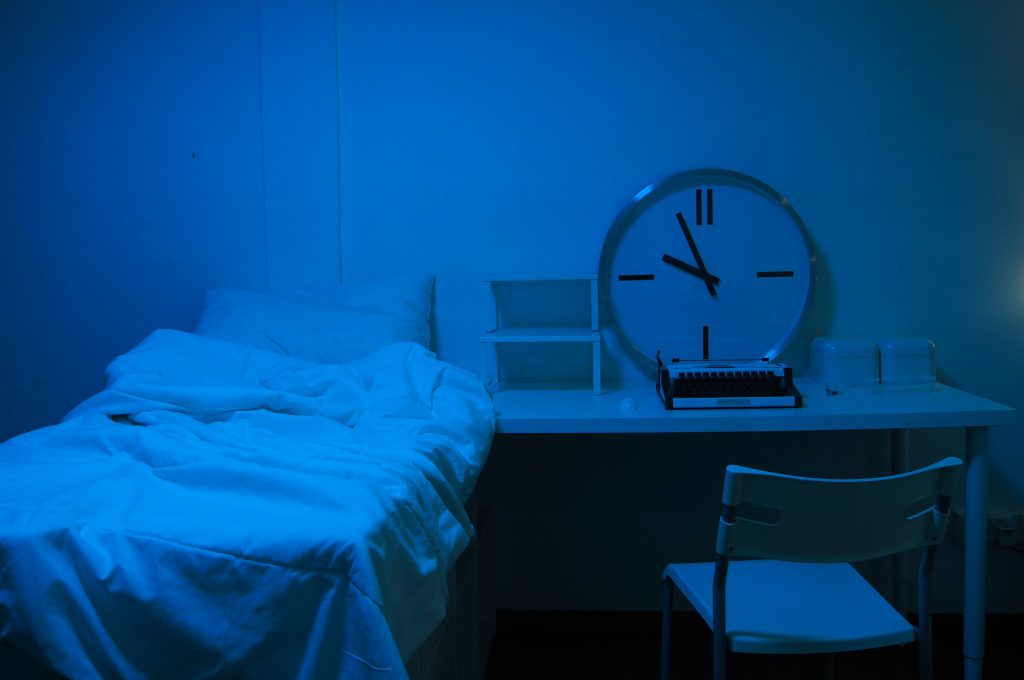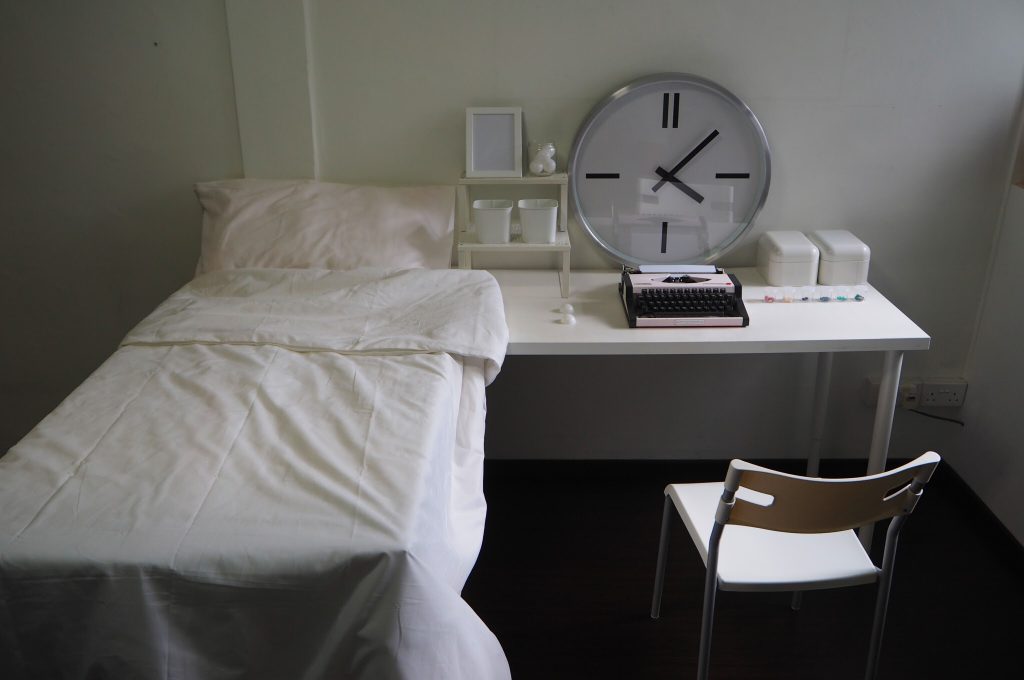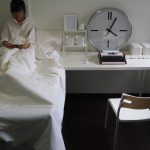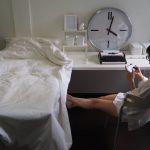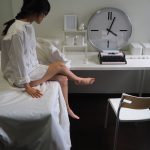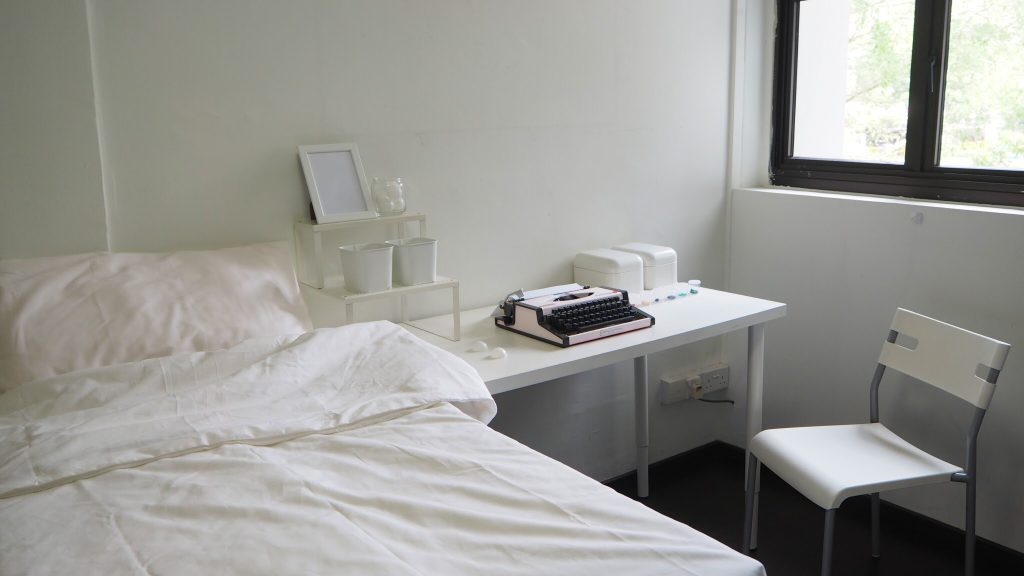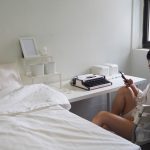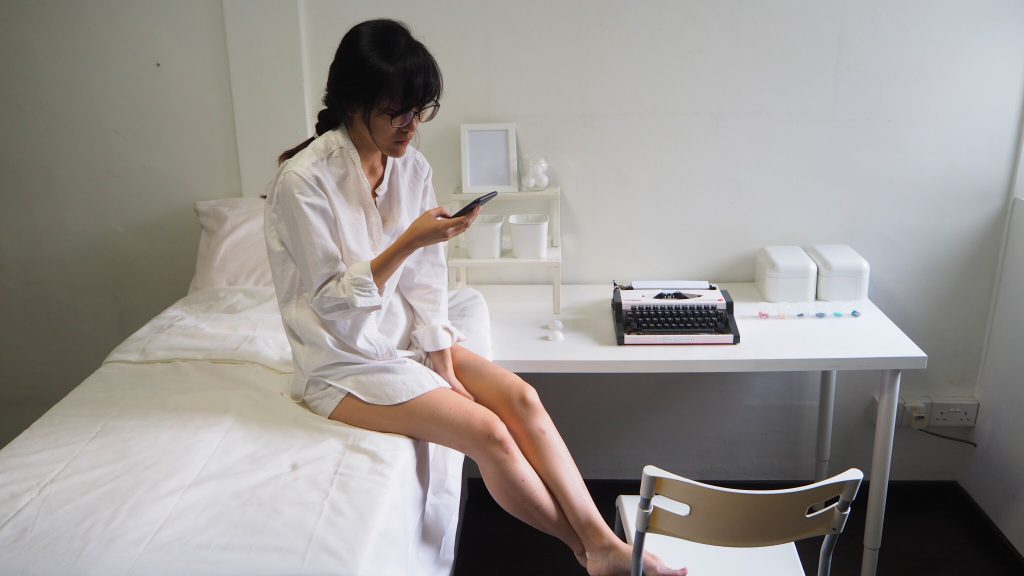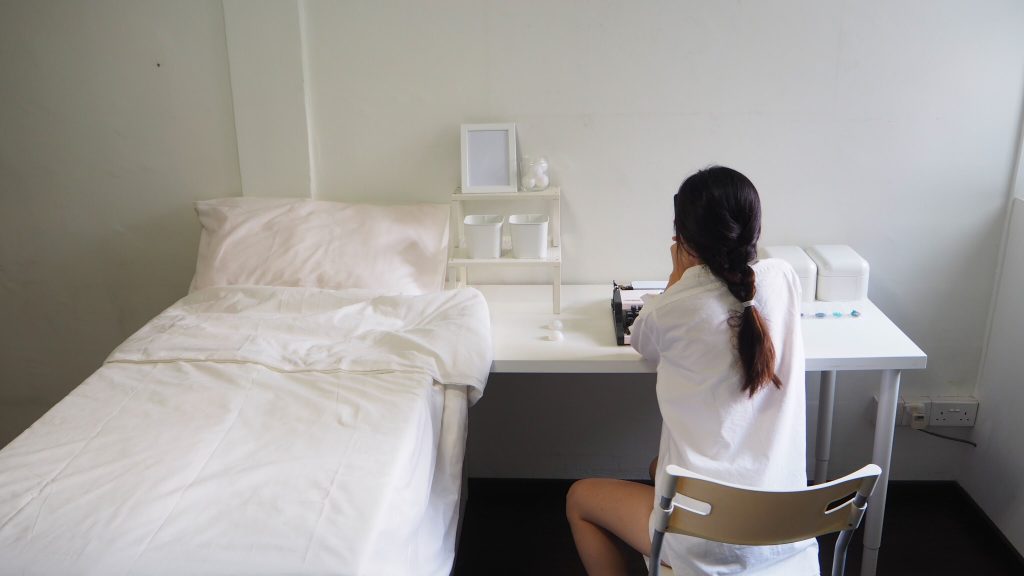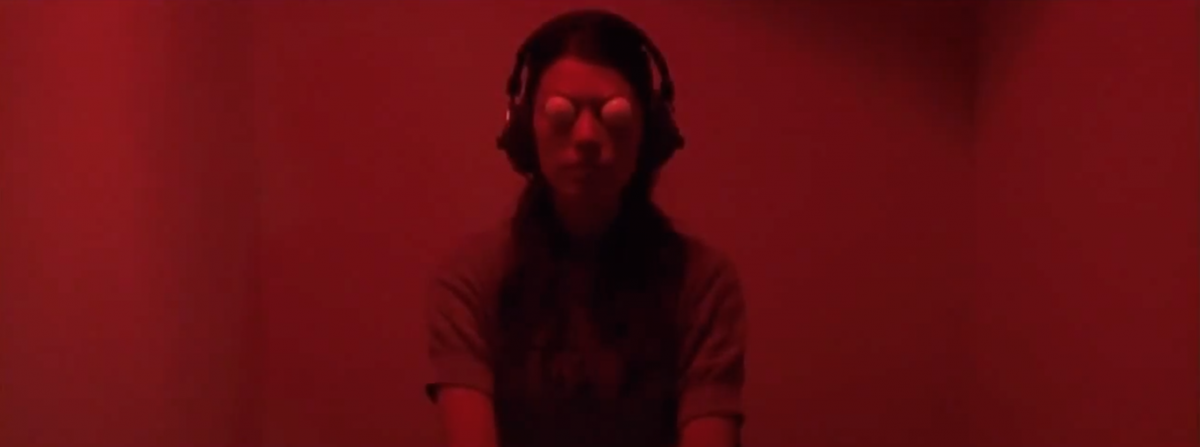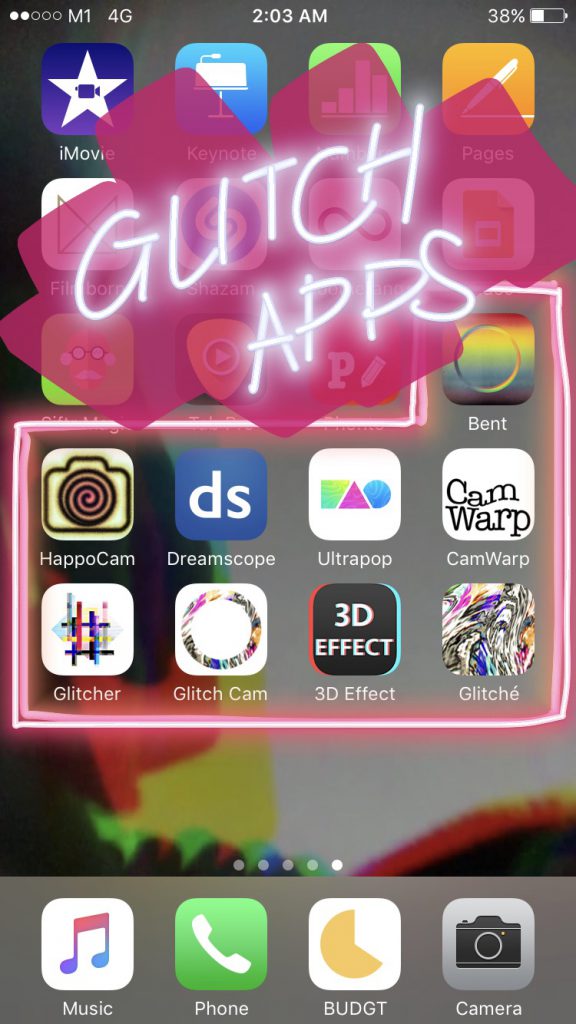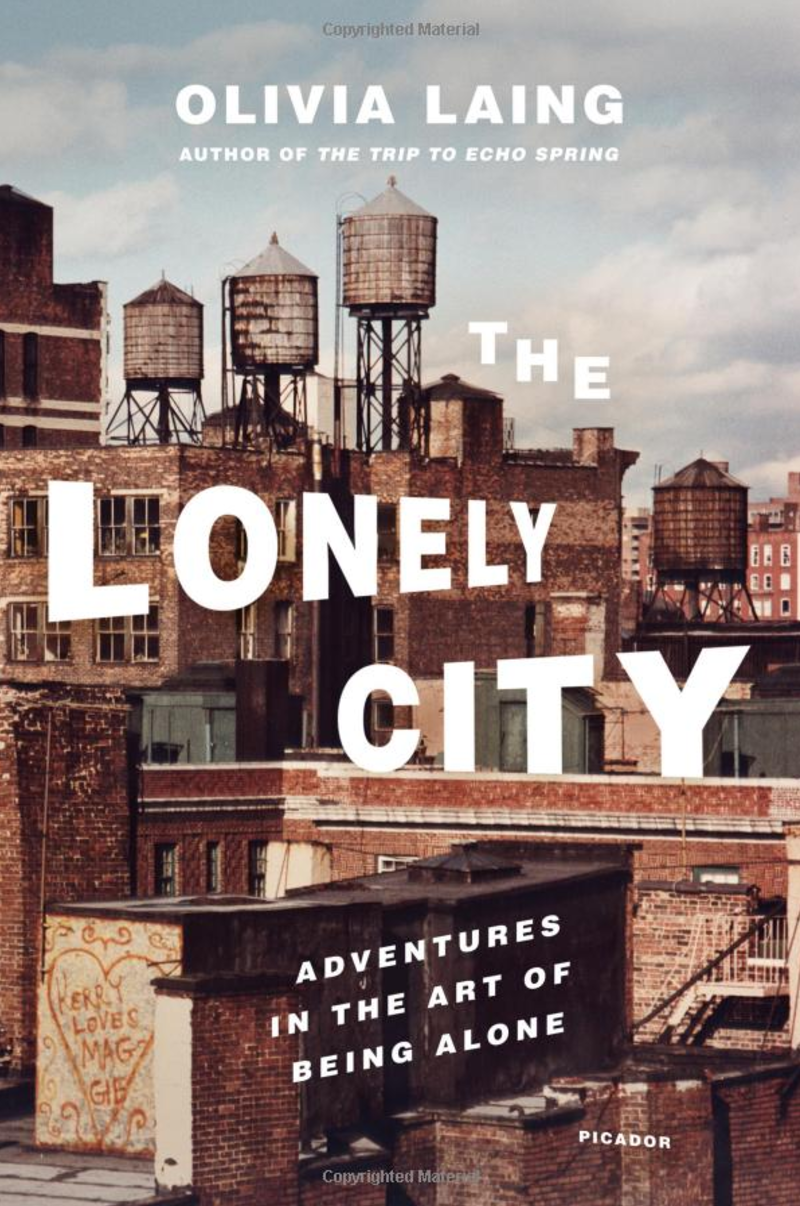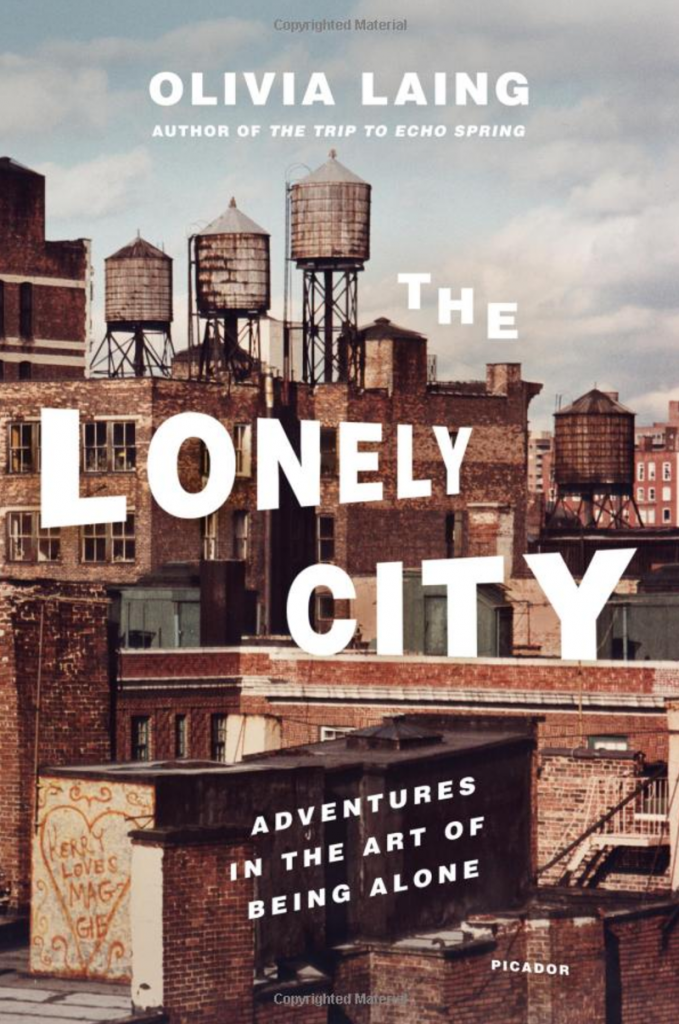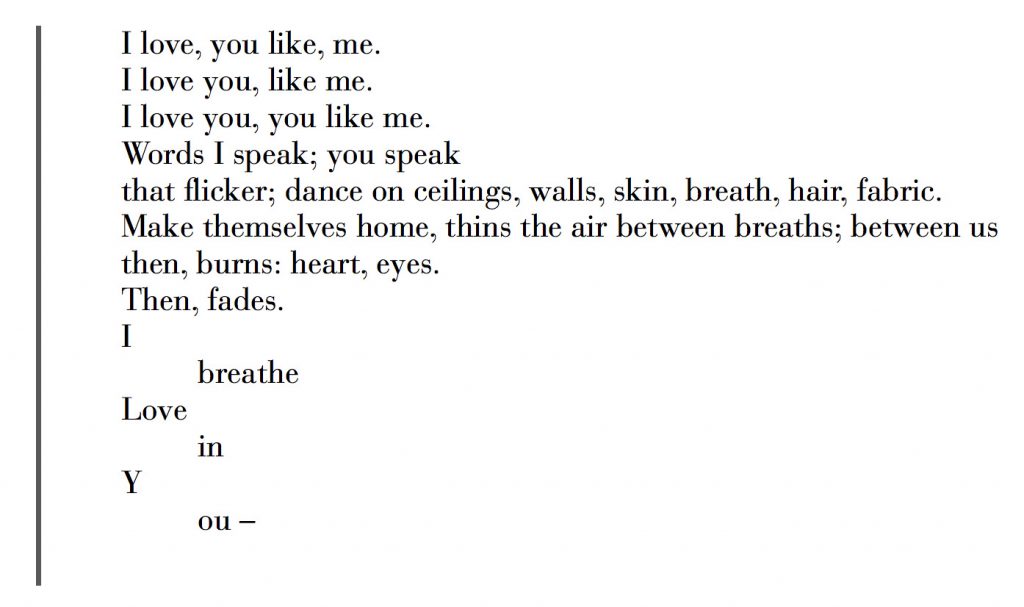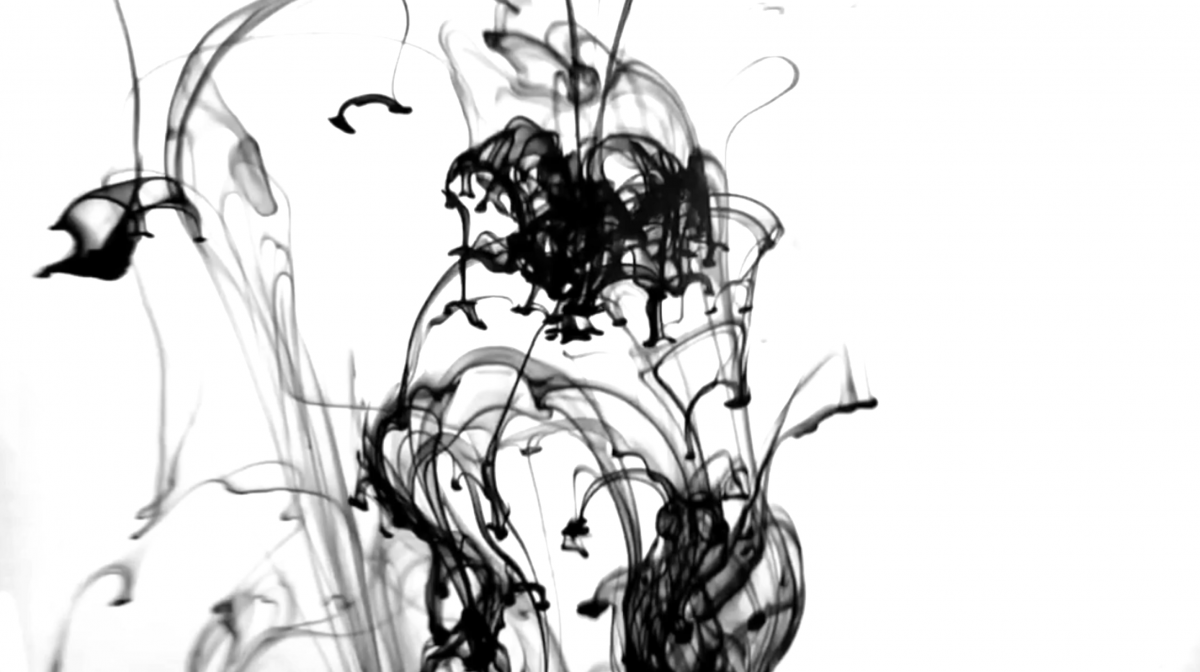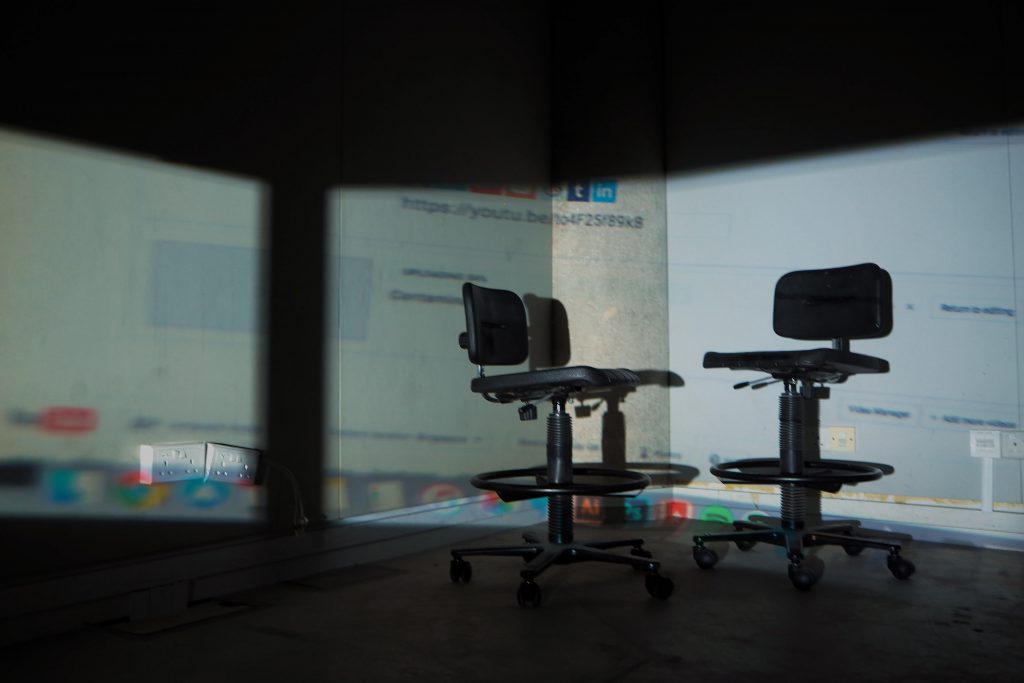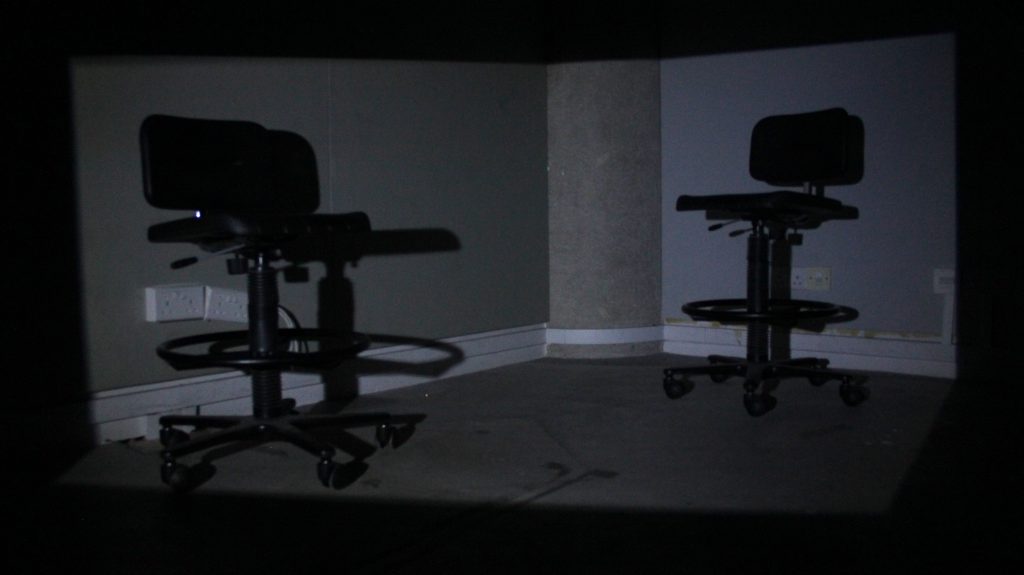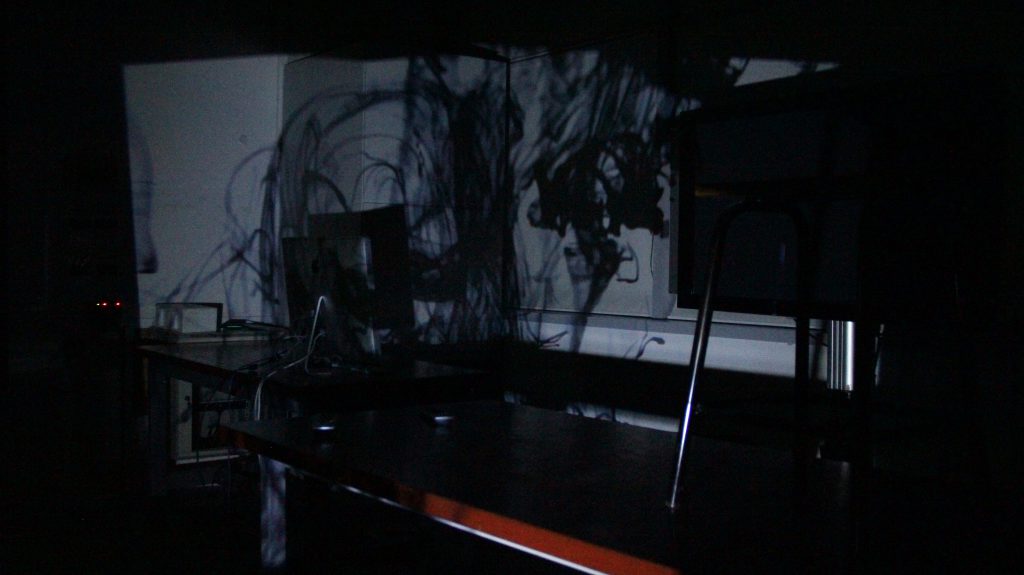In This is where it ends., Nguyen explores the theme of loneliness through the visual and sonic portrayal of different mind states one might be unfortunate enough to encounter while experiencing bouts of the aforementioned emotion. Perception is played with through the portrayal of an objective physical world versus an emotionally laden subjective world.
Chronological commentary/thought process (if anyone is interested):
As I was shooting I was playing some music in the background and I thought, “Hey maybe I could cut the shots to dis chill beatz.” So I tried that out. But this segment is supposed to suggest time passing slowly and to introduce the idea of being alone/loneliness experienced by objective observation, so the chill beatz didn’t work very well to keep things minimal. But here it is any way for the luls –
The pretentious typewriter is there because I wanted to be able to capture the character in the act of self-medicating and self-prescribing illegitimate drugs to cope with the crippling loneliness. I was not sure what to name the drugs so a quick google search for “common antidepressants” gave me a few options:
Prozac, Selfemra (fluoxetine)
Paxil, Pexeva (paroxetine)
Zoloft (sertraline)
Celexa (citalopram)
Lexapro (escitalopram)
It is so interesting that there are different types. These ones I found are the sedating types – meant to be taken in the evening to induce sleep. Perfect.
They were meant to imitate prescribed medicine labels but the pill bottles I got were too small for that, so I could only fit a few essential lines in.
“Let her sleep, for when she wakes, she will move mountains.” JK. She wakes up feeling like shit and ends up taking dubious drugs due to her inability to deal with the feeling of being alone.
This part is raw footage from the phone, so the blue was altered in the physical environment with blue cellophane taped over the ceiling light. There are a few reasons.
- Changing the colour of the environment is good for suggesting a transition into another space. In this case, there are two aspects of space that has been altered:
- One: time. There is a corner in one of the shots in this sequence that shows a peak of the window, indicating that it is dark outside. The blue here emphasises the time of night.
- Two: altering the mind state. In her waking, the environment has been transformed from the objective physical world (white, natural lighting), to this subjective mental state world (artificial, altered lighting).
This is also where it transitions from a 3rd person perspective to a 1st person perspective to further emphasize the idea of objectivity and subjectivity. In the 1st person perspective, we see the world through the subjective eyes of the character (quite literally).
Our eyes also see differently from the camera. To play on this, I wanted to use a wide angle lens on the phone to visually portray our wide peripheral vision. I was supposed to bring home the proper clip-on lens and all but I forgot so I bought this dollar jelly lens which is quite sucky but does the trick and also makes blurry vignette edges which is good for emphasizing a dreamlike state.
This is also the part where jtan304’s soundscape is used.
Lastly, there is a final transition into the hallucinatory drug stage where the character experiences visions/memories induced by the drug taking. The spasmodic bursts of images of physical intimacy with another person are where the viewer finally comes to the conclusion what the character’s distressful state of mind might be attributed to. There are many ways to cope with loneliness (many things one might do to distract oneself from loneliness), but this is perhaps the easiest way to do it without taking too much time/explaining too much.
Even Olivia Laing mentions it briefly, where she questions –
How do we live, if we’re not intimately engaged with another human being?… Is sex a cure for loneliness, and if it is, what happens if our body or sexuality is considered deviant or damaged, if we are ill or unblessed with beauty?
In editing this part I also played with colour, bathing the non-flashing memories with blue to create a spark contrast between the physically experienced world versus the imagined hallucinations. However, I didn’t quite like it in the end, and much preferred the original where the two narratives were in the same colour, suggesting a dissolution of the barrier between the imagined and the objective – the character is confused as to what is real and what is not.
Here is the alternative footage that I tried out –
I didn’t know what to call the film initially. But in my editing, I realized there were many cadences in the piece that seemed to suggest that the film has reached a conclusion, but always seemed to be followed by another sequence of images. And even then, for myself, in the experiences that brought about and inspired the making of this film, I was asking, fearful – when is it going to end?
This is where it ends.



